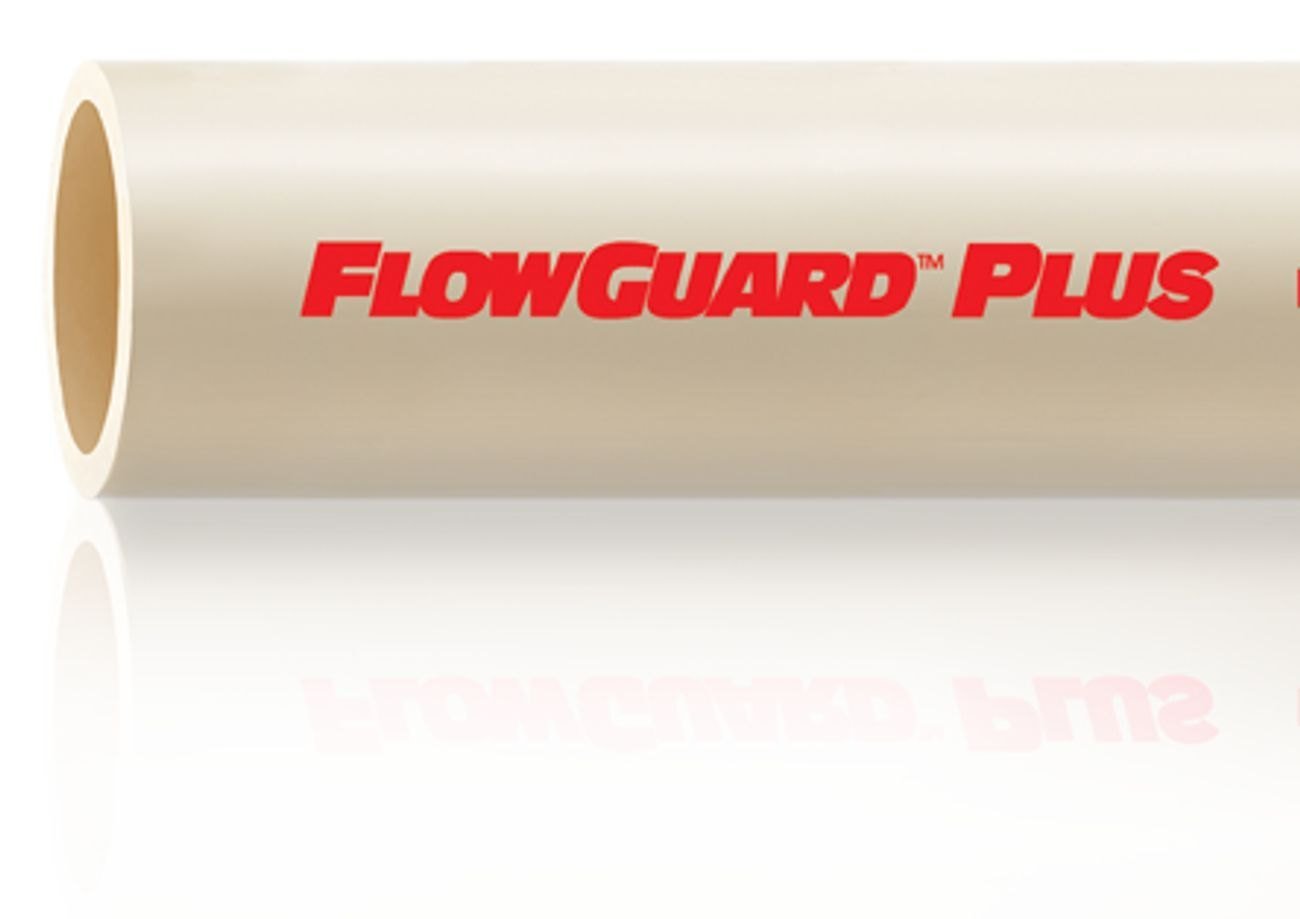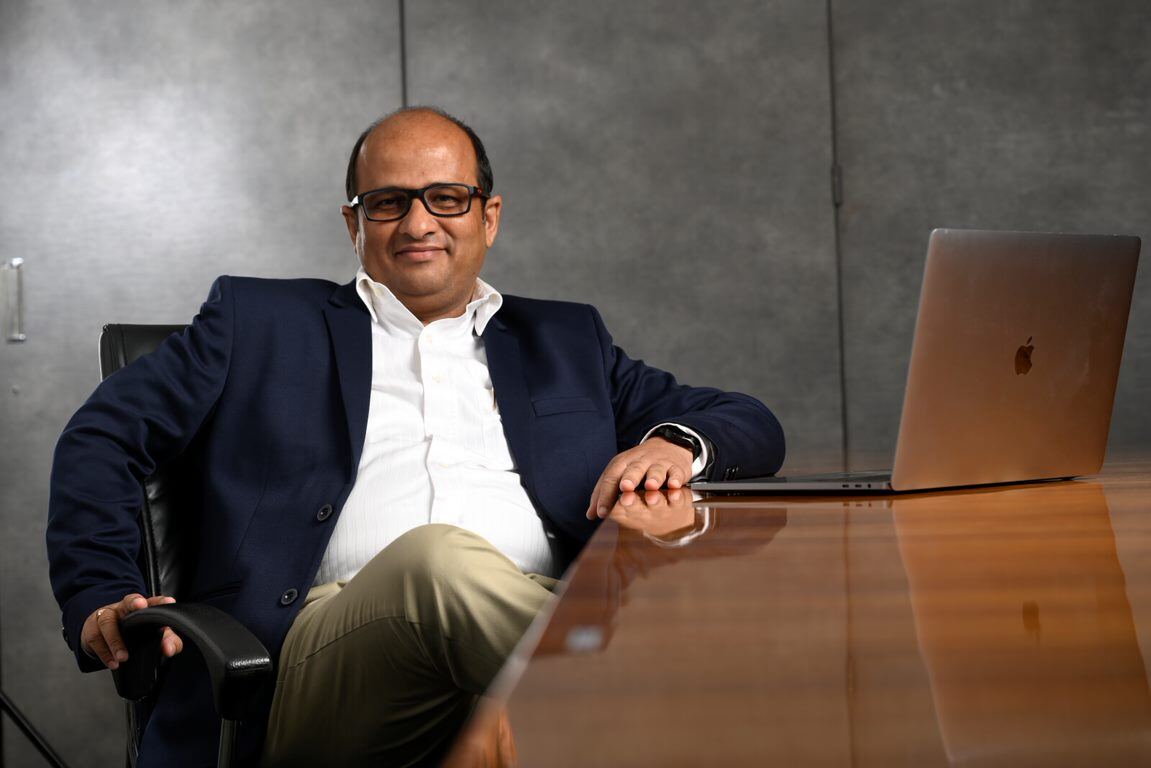
THE INFLUENCE OF UV LIGHT ON PLASTIC PIPING MATERIAL
Water supply pipes are used from both inside and outside the house. This leads to the basic question of whether plastic piping systems can be exposed to Sunlight or what is the influence of ultraviolet (UV) light on plastic plumbing systems. The answer to this question depends on the type of plastic being used. Different plastics behave differently due to their chemical compositions and hence behave differently when exposed to sunlight / UV light.
Sunlight has three components:
1) Visible light
2) Ultraviolet Light
3) Infrared radiation.
UV light is the main concern. Ultraviolet Light is short-wavelength light that is not visible to the human eye. This ultraviolet light’s prolonged exposure can have an impact on people and certain materials.
What does the U V Light do to polymers, UV Light accelerates photo-oxidation of polymers in the presence of Photo-oxidation is the degradation of a polymer surface in the presence of oxygen or ozone. The effect is facilitated by radiant energy such as UV or artificial light. This process is the most significant factor in weathering polymers. Photo-oxidation is a chemical change that reduces the polymer's molecular weight. As a consequence of this change, the material becomes more brittle, with a reduction in its tensile, impact and elongation strength.
UV Light and CPVC Piping
CPVC material is a combination of CPVC Resin and additives. Basically, CPVC is thermoplastic made from PVC. CPVC composition is that it has 63% Chlorine (derived from common salt) and 37% petroleum. The lower amount of petroleum makes the CPVC piping material very stable. Chlorine molecules replace the carbon in the Hydro carbon chain, and this chlorine acts as af barrier to UV Light. This does not permit the oxidation of the hydrocarbon chain which is the main reason for plastic degradation in plastics with high petroleum content.
Basically, CPVC resin has very good UV resistance. However, CPVC pipes are made of CPVC resin and additives. Some of the additives are prone to UV light and prolonged contact leads to discolouration and slight reduction of the impact properties of the pipes. However, the pressure-bearing capacity of the pipes is unaffected even after prolonged UV light exposure.
It is perfectly safe to continue using CPVC pipes in service as the pressure-bearing capabilities and other properties of the pipe remain unaffected by UV exposure. However, in the case of repair and renovation of pipes exposed to prolonged periods of sunlight, little caution needs to be taken while working. Avoid impact/blows and physical abuse to the pipe. Use a C-style cutter or a Hexa blade to cut the pipes and check for any cracks before joining with CPVC fittings.
To limit discoloration of the pipe it is recommended to store pipes in areas which are not directly in sunlight. Pipes can be installed in direct sunlight. However, to limit discoloration it is recommended to paint the pipes with a compatible latex / water-based paint to minimize the impact of UV light on the piping material.
CPVC has been installed for over 50 years in hot sunlight areas like South California, 30 years in Middle East & 20+ years in India and this installation done are still servicing their owners with a leak proof & trouble-free water supply.
UV Light and Polyolefins (HDPE / PPR / PB / PEX)
Polyolefin-based plastics are produced mainly from oil and natural gas by polymerizing ethylene and propylene, respectively. Plastics namely LDPE, MDPE, HDPE, PPR, PEX, PB are made from polyolefin. In Polyolefins based piping, UV light exposure is a mor concern. UV light acts as a strong catalyst for the oxidation process within these materials. When POLYOLEFINS PLASTIC piping is exposed to UV light, it consumes the chlorine-inhibiting antioxidants which protect the pipe from chlorine-induced oxidation. As these chlorine inhibitors get consumed, the piping is left vulnerable to attack from chlorine in the water.
POLYOLEFINS PLASTIC piping that is indoors is also susceptible to this oxidation. One study found that UV exposure from fluorescent lights for eight hours is equivalent to one minute of sun exposure. According to at least one POLYOLEFINS PLASTIC manufacturer’s installation instructions, contractors are advised “Do not install … within 5 ft. of direct view from fluorescent and LED lighting without protecting the pipe with a UV-blocking material.”
UV light accelerates the rate of chlorine degradation of POLYOLEFINS PLASTIC material. The UV light falling on the POLYOLEFINS PLASTIC pipes activates the oxidation process and consumes the inhibiting antioxidants in the pipe material which protect the pipe and this degradation leads to failures They would have occurred with or without UV light, just in a different timeframe.
POLYOLEFINS PLASTIC pipes are prone to chlorine degradation and UV Light accelerates the process leading to failures.
When POLYOLEFINS PLASTIC pipes are exposed to Sunlight “Popcorning” observed on POLYOLEFINS PLASTIC pipe surfaces are early warning signs of chlorine induced degradation. Exposure to UV following installation can complicate warranty claims; All manufacturers exclude UV exposure in their warranties, along with chemically incompatible water conditions.
While UV light affects all plastic piping to some degree, in POLYOLEFINS PLASTIC it can amplify the inherent incompatibility of the material with chlorine and chlorine-based compounds used in water treatment.
Many countries like India uses Chlorine as a disinfectant for water and hence this increases the chances of failures of POLYOLEFINS PLASTIC in these counties and India.
CPVC, such as FlowGuard PLus® pipes and fittings, is impervious to chlorine (as they are inert), with or without UV light exposure. That makes it less sensitive to UV light and gives you one more reason to make the switch to FlowGuard Plus Pipes and fittings.

Prasenjit Misra
Prasenjit Misra, an accomplished professional, having extensive exposure in plumbing field, currently holds the position of Lead Demand Creation & Business Development of TempRite South Asia division at Lubrizol India.
